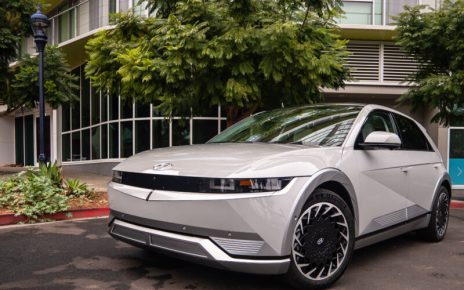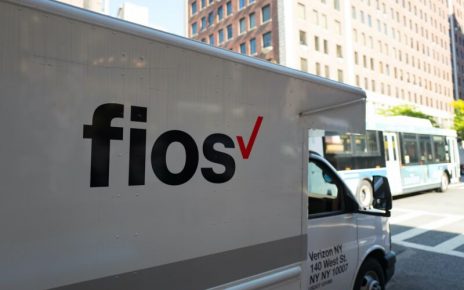
Enlarge / What a lovely little green robot! Have we met before? (credit: Aurich Lawson)
Huawei is China’s—and formerly the world’s—largest smartphone vendor, and over the past 18 months, it learned an important lesson: the company can’t rely on the US supply chain. In 2019, the US government banned US exports to Huawei, which cut the company off from access to most chip and software suppliers. Building a phone is hard without access to key parts and apps. Huawei’s latest Q4 2020 numbers show its phone sales in free fall, dropping 42 percent year-over-year.
Because of this, Huawei wants independence from the worldwide smartphone supply chain. While hardware independence is something the company needs to work on, Huawei also needs to get free of Google’s software. So, as many companies have tried to do before it, Huawei hopes to make an Android killer.
The company’s attempt at an in-house OS is called “HarmonyOS” (also known as “HongmengOS” in China). “Version 2” was released in December, bringing “beta” smartphone support to the operating system for the first time. Can Huawei succeed where Windows Phone, Blackberry 10, Sailfish OS, Ubuntu Touch, Firefox OS, Symbian, MeeGo, WebOS, and Samsung’s Tizen have all tried and failed?





